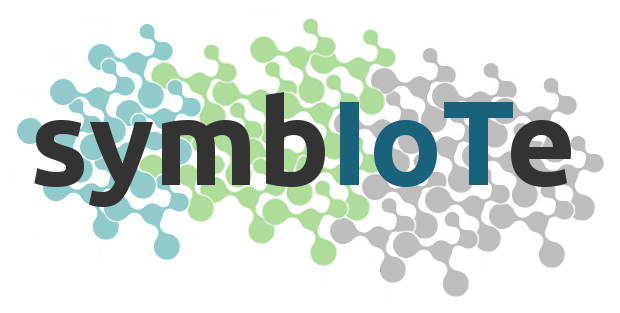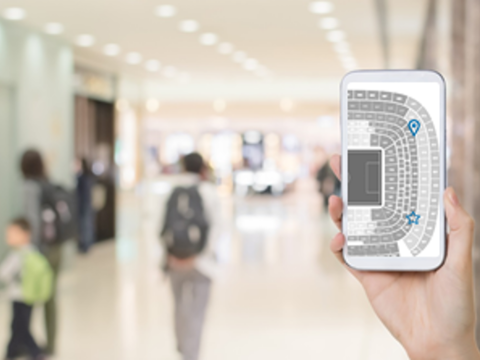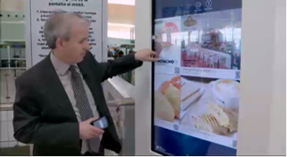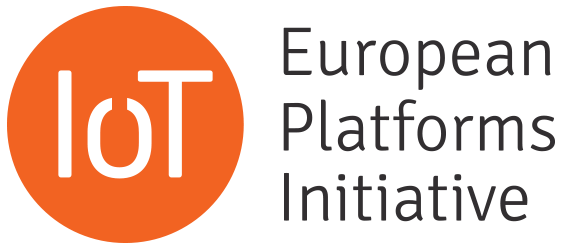| Involved partners | Worldline Vipnet |
| Countries involved in the trials | Spain Croatia |
| Platforms involved (not finalized) | User platform Beacon platform Worldline Promowall Remote ordering Mobile/wireless access network (optional) |
| Number of test users planned | 25+ |
This scenario is still in the implementation phase and the symbIoTe partners Worldline and Vipnet are working to finalize it. In any case the trials will be using beacons (BLE) and wireless networks for indoor location of users and third party businesses such as kiosks and moving cart retailers, promowall panels and remote ordering devices that allow retailers to activate promotions and visitors to read them and interact with them.


 Family Smith, composed of Tom (45), Alice (42) and their son John (10), are all enthusiastic supporters of their city football team, and today they have come to the city stadium to watch the most important match of the year. In their way to their seats, they find several interactive panels with information about the stadium and many interesting offers. Alice discovers that there is a limited offer of T-shirts of their team from one of the souvenir kiosks, the first twenty ones at half price. She knows that John would love one of his favorite player, so she uses the stadium app to get an electronic coupon that guarantees the discount if redeemed in less than 30 minutes, and with the stadium app immediately purchases the T-shirt with the included discount. While Alice has got the coupon and then purchased the T-shirt, the kiosk owner has received the different orders in his symbIoTe-enabled retailer terminal and prepared John’s T-shirt. Now they can easily go to the kiosk to just pick-up the T-shirt with no queues.
Family Smith, composed of Tom (45), Alice (42) and their son John (10), are all enthusiastic supporters of their city football team, and today they have come to the city stadium to watch the most important match of the year. In their way to their seats, they find several interactive panels with information about the stadium and many interesting offers. Alice discovers that there is a limited offer of T-shirts of their team from one of the souvenir kiosks, the first twenty ones at half price. She knows that John would love one of his favorite player, so she uses the stadium app to get an electronic coupon that guarantees the discount if redeemed in less than 30 minutes, and with the stadium app immediately purchases the T-shirt with the included discount. While Alice has got the coupon and then purchased the T-shirt, the kiosk owner has received the different orders in his symbIoTe-enabled retailer terminal and prepared John’s T-shirt. Now they can easily go to the kiosk to just pick-up the T-shirt with no queues.  Promotion and Information Platform. This platform manages all devices that display promotions and that can be used to consume those promotions. It aims at interacting with visitors, providing them information coming from the stadium manager, promotions coming from services providers, or alerts coming from any of them.
Promotion and Information Platform. This platform manages all devices that display promotions and that can be used to consume those promotions. It aims at interacting with visitors, providing them information coming from the stadium manager, promotions coming from services providers, or alerts coming from any of them.
 This project has received funding from the European Union's Horizon 2020 research and innovation programme under grant agreement No 688156
This project has received funding from the European Union's Horizon 2020 research and innovation programme under grant agreement No 688156